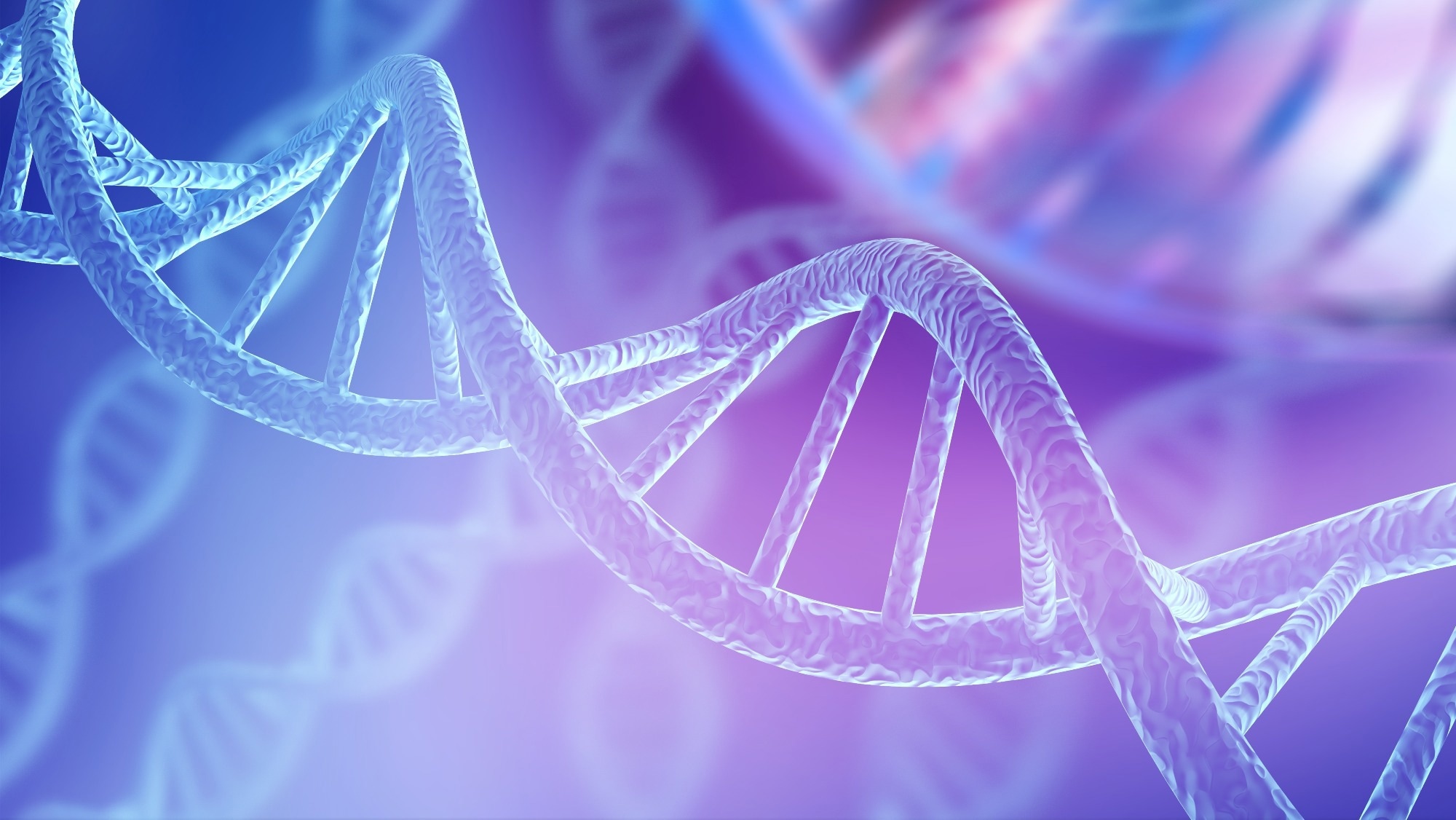In a recent article published in Nature communications*, researchers described a technique of capturing two-dimensional (2D) light patterns into deoxyribonucleic acid (DNA) and using high-throughput next-generation sequencing to retrieve recorded images.
 Study: A biological camera that captures and stores images directly into DNA. Image Credit: BillionPhotos/Shutterstock.com
Study: A biological camera that captures and stores images directly into DNA. Image Credit: BillionPhotos/Shutterstock.com
Background
DNA is a principal biomaterial that makes up the foundation of biological life on Earth. It has been extensively investigated as a means of storing digital data due to its extraordinary longevity, density, and applicability to research.
There is increased interest in using biological materials for storing digital data as digital and biological interfaces become more integrated.
The abundance of DNA inside living cells has been regarded as a possible DNA source that biological systems and molecular biology tools can use to encode DNA with data.
The approach with the highest potential involves the storage of information within specific DNA sequences produced by de novo DNA synthesis. Nevertheless, there is a shortage of techniques that could avoid the necessity for de novo DNA synthesis, which is often expensive and ineffective.
About the study
In the present study, the researchers explained an approach enabling the direct capture of spatial data and signal input by passing 2D light inside DNA for storing digital data like images in DNA.
This is due to the advantageous characteristics of light, such as rapid, inexpensive, highly programmable, easily multiplexed, and massively parallelizable, with little work or expense required to expand or produce patterns of higher complexity.
The team employed a blue light-reactive recombinase system that reacts to the absence or presence of blue light as an external signal and then records that response into DNA by site-specific editing of DNA, effectively digitizing the captured image and enabling deconvolution following DNA sequence retrieval via sequencing.
In addition, the authors characterized the developed approach by establishing random access and multiplexing and employed reassignment methods and outlier detection together with unsupervised clustering algorithms from the machine learning field to reconstruct the stored information precisely.
They further combined the blue light system with an orthogonal red light system to enable the concurrent encoding of two images, enhancing the density and scalability of the approach and facilitating multicolor image capture by exploiting the multiplexing properties of light.
Thus, the team presented an outline for integrating digital and biological interfaces using biological systems, molecular biology approaches, barcoding methods, and optogenetics.
Results
In the current paper, the authors proposed and described a novel approach for direct image capture onto DNA, comparable to the development of a digital camera called BacCam.
They showed that this approach expands to five 96-bit images with a combined size of 60 bytes utilizing a single color (blue) light wavelength and that the theoretical scaling limits of this system possibly extend to over 100 96-bit images across a single heterogeneous pool.
Additionally, the team demonstrated the capacity of BacCam to randomly access each image, even from a concentration that is 50,000 times less concentrated than the original concentration, and the accuracy of data recovery from heat-treated, diluted, dried, and UV-exposed pools.
They deployed computational procedures that deconvolute encoded data and corrected errors in a trustworthy manner.
The researchers added a second wavelength of light to this workflow to expand it beyond the capabilities of a single light wavelength, increasing the amount of information that can be recorded in a single concurrent capture and showcasing the multiplexing characteristics of the system.
This approach further pushes the field's limits outside existing DNA synthesis and sequencing operations.
Further, since each bit is encoded simultaneously in BacCam, the writing process is carried out in parallel. As a result, writing latency is significantly decreased.
Conclusions
Overall, the present work outlined an approach to capturing 2D light patterns in DNA by using optogenetic circuits for recording light exposure into DNA, barcoding to represent spatial locations, and retrieving the recorded images employing high-throughput next-generation sequencing.
The study shows selective image retrieval, robustness to heat, drying, and UV, and multiple image encoding into DNA, comprising 1,152 bits.
Furthermore, the researchers show that various wavelengths of light can be successfully multiplexed to capture two distinct images concurrently using blue and red light.
Thus, this work built a living digital camera, widening the possibility of integrating digital devices and biological systems.